Do-It-Yourself Acoustic Panels and Bass Traps…
To Frame or Not to Frame
 Often people decide to build their own acoustic panels and bass traps for reasons ranging from budget constraints to needing entire customized setups. GIK Acoustics offers a wide variety of DIY materials ranging from DIY Frames, Owens Corning – sometimes referred to as OC – and Knauf rigid fiberglass to the fabrics needed to cover your acoustic panels and bass traps.
Often people decide to build their own acoustic panels and bass traps for reasons ranging from budget constraints to needing entire customized setups. GIK Acoustics offers a wide variety of DIY materials ranging from DIY Frames, Owens Corning – sometimes referred to as OC – and Knauf rigid fiberglass to the fabrics needed to cover your acoustic panels and bass traps.
Before purchasing some DIY supplies to make acoustic panels or bass traps, it’s best to start with a plan of attack for how your they will be constructed. There are tons of how-tos on building acoustic panels, so we won’t rehash old information on how to make acoustic panels or homemade bass traps. Instead, this article looks to analyze one of the biggest questions surrounding panel construction: what is the difference between acoustic panels and bass traps constructed with and without frames?
Building DIY acoustic panels and DIY bass traps without frames can be beneficial for a few reasons. Constructing them without wood can save money and can make for less hassle if you don’t have the correct tools to work with. However, without frames, panels will have a “pillowy” look and can sag over time. And with nothing to attach screws, clips, or wire, they can be more difficult to mount.
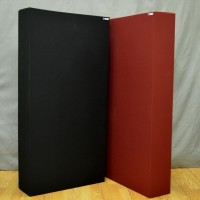 Building your acoustic panels DIY and bass traps with frames along the outside can help retain longevity of acoustic panels, provide easy mounting points, and give straight, clean edges around the sides of your panels. Even though constructing acoustic panels and bass traps with frames will increase your cost of materials and take more time to construct, it’s a worthy endeavor just to keep the place looking good.
Building your acoustic panels DIY and bass traps with frames along the outside can help retain longevity of acoustic panels, provide easy mounting points, and give straight, clean edges around the sides of your panels. Even though constructing acoustic panels and bass traps with frames will increase your cost of materials and take more time to construct, it’s a worthy endeavor just to keep the place looking good.
The biggest question left to answer is whether there is an acoustic benefit for choosing whether to build acoustic panels with open or closed sides. Many people feel there is a large benefit to exposing the sides of a standard sized 24” x 48” x 4” panel as this will increase the absorptive surface area by 50% – and even more if the acoustic panel or bass trap design is thicker. You can also expect less diffraction losses (where the sound wave will wrap around the panel) and you could of course expect that any sounds coming straight into the panels from the sides will now be absorbed instead of reflected. But how much of a difference can you actually expect?
Experiment
We carried out a few different tests in the GIK Acoustics testing room. We conducted tests on five 24” x 48” x 4” bass trap absorbers – both with and without frames – on the floor in the test room. We also tested the absorbers placed in the four corners of the room and ran tests – with and without frames – to see if there were any changes in the low end due to possible diffraction differences. Note this wasn’t a test with our standard products or construction methods, but a comparison between two different DIY approaches.
The “no frame acoustic panels” were constructed with two sheets of Owens Corning 703 together, and the “acoustic panels with frames” were made with Owens Corning 703 and a ½” wood frame around the top, bottom, left, and right sides. Neither were covered in fabric for the tests, though this would not effect the comparative difference between the two.
Tests
First, we took a look at the reverb time in the room. As you would expect, the panels without the frames do give a slight increase to overall absorption, from roughly 500 Hz to 3 kHz, though not as much as some would expect given a 50% increase in surface area.
We also looked at the reverb time differences for the DIY corner panels. There was a much smaller difference here. This is more easily anticipated, as not much additional sound really has a chance of being absorbed.
The ETC graphs show reflections over time, ignoring frequency. Notice that in the first 20 milliseconds or so (the early reflection window), there isn’t much of a difference between frames and no frames and also notice that the difference becomes slightly larger down the line.
Lastly, we illustrate the difference in low end absorption between frames and no frames straddling the corner in an overlayed waterfall graph. There is really no significant difference for DIY bass traps with or without frames for frequencies under 400 Hz.
Conclusions
The easiest analysis of the differences between the two methods comes from the ETC measurement. We can see that the early energy is hardly effected, while there is more late energy absorption with panels without frames. This means that for panels in the first reflection zones in the room, there shouldn’t be any difference in building them with either method. This is trivial even without measurements, as the sound coming into first reflection areas will be coming into the panel at a large angle of incidence – definitely not coming into the sides of the panels [if they’re placed correctly]. See our video on First Reflection Points.
From the ETC we can also easily conclude that the reverb time would be slightly shorter, as reflected in the reverb time graphs. And again, the waterfall graphs illustrate that there is no real difference in the low end between DIY corner bass traps built with or without frames; However, as you can see from the waterfall graph and RT60, the DIY sound panel without the frame absorbed more sound above 400Hz.
We can conclude that the only real difference between building bass traps and panels with and without frames is for late arriving sound that would otherwise reflect off the sides of the panels, parallel to the walls, floor, and ceiling. For small acoustical spaces – like home theatres, tracking rooms, control rooms, and residential sized spaces – these late reflections are not necessary to treat. Late arriving reflections normally do not cause any large problems at listening position in response like early reflections or standing waves do. For large rooms – like auditoriums and halls, where absorbing reverberation is critical – these differences will likely be more important, but more tests conducted in a larger space would be necessary to confirm any suspicions.
Our advice on the matter? Constructing an extra panel or two is going to make a much larger difference acoustically than worrying about making them with or without frames. Get building! From absorption material to fabrics, GIK has your DIY needs covered.


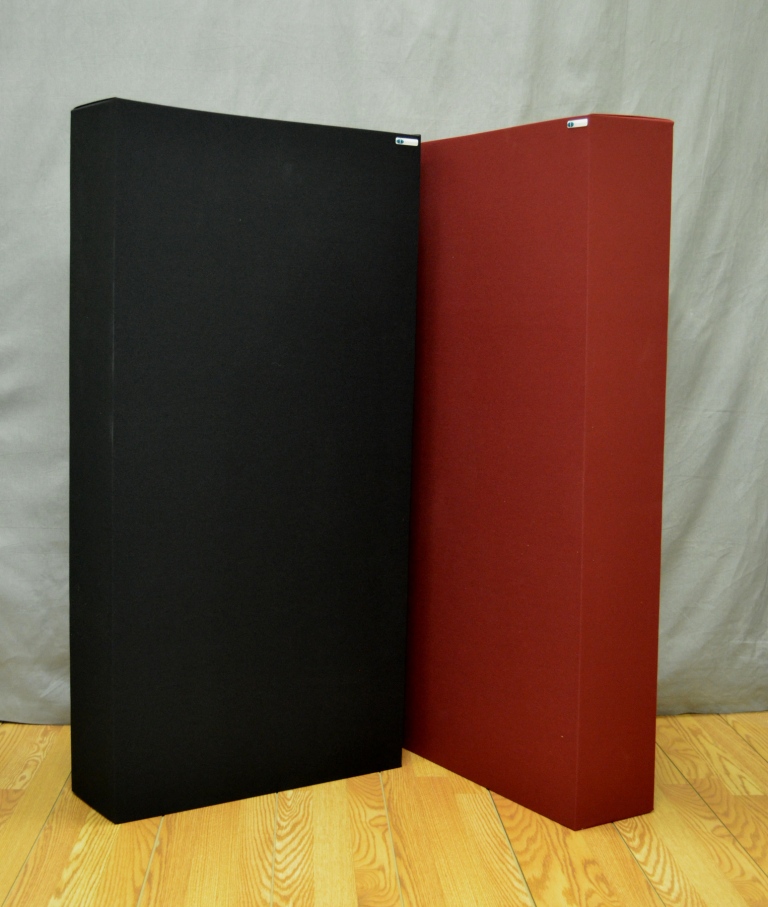
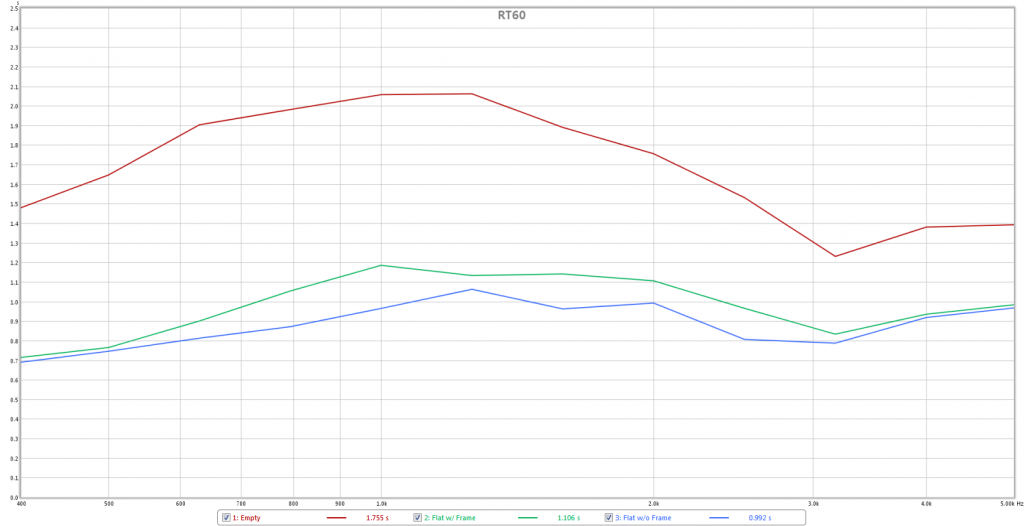
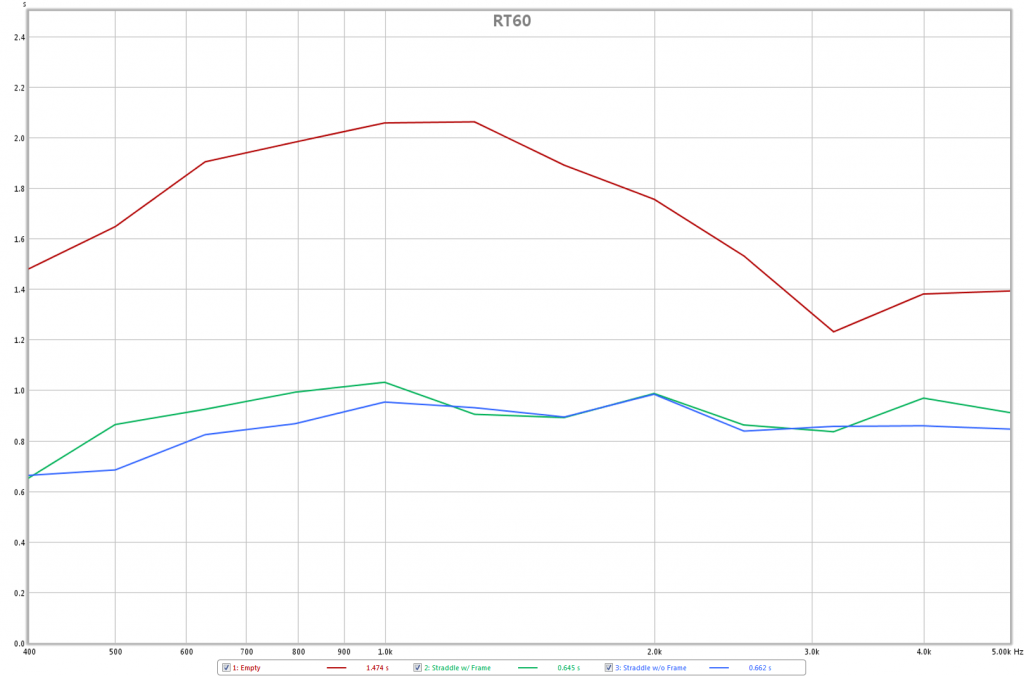
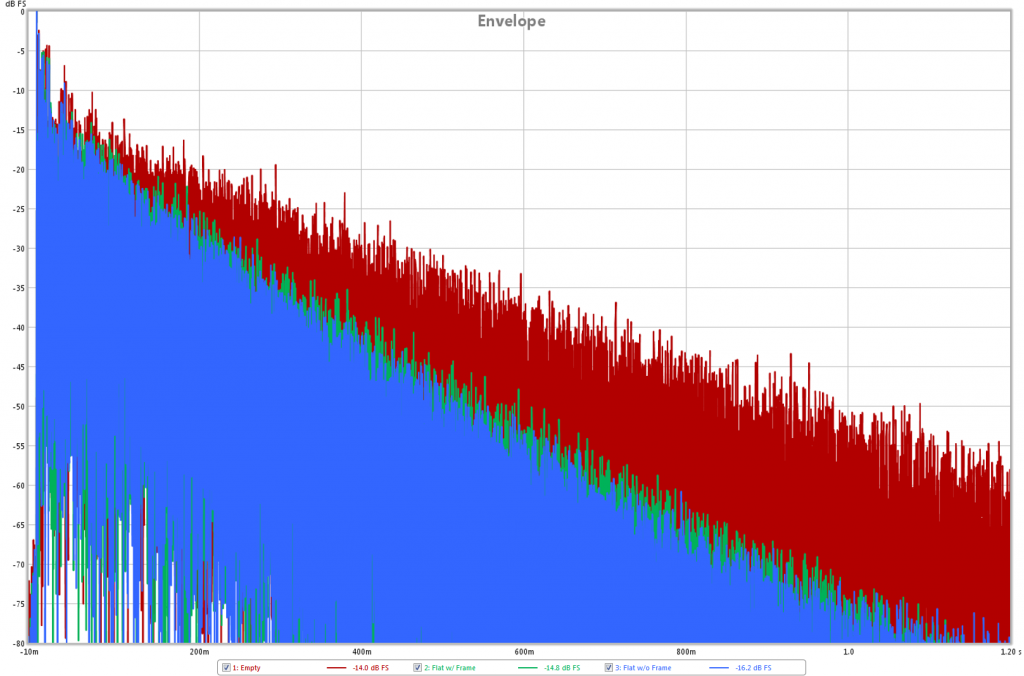
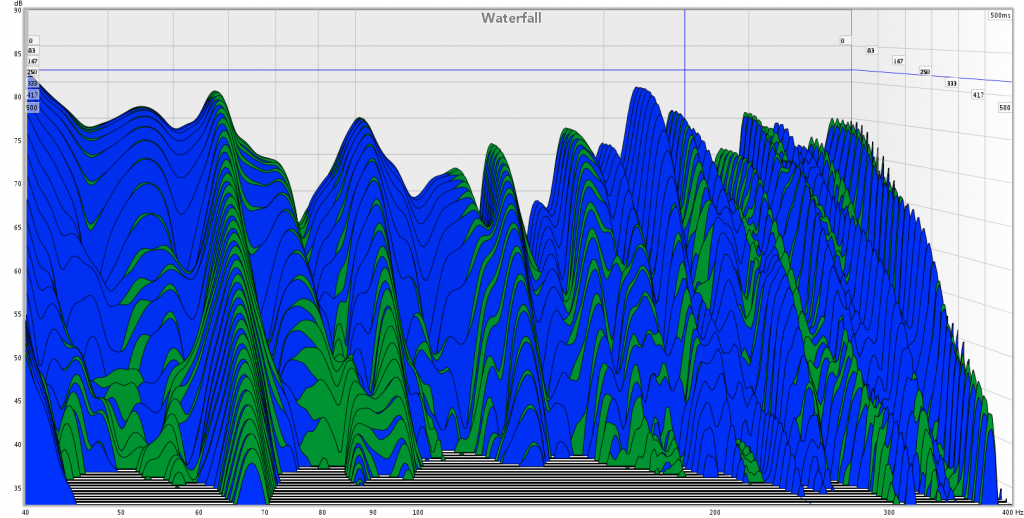

GIK Giveaway Viral Video Contest 2024
Room EQ Wizard TUTORIAL
How to set up and use REW In this video we show you how [...]
DIFFUSION Concepts Explained
How Acoustic Diffusers Work And Which One Is Right For You In this video [...]
Jan
The GIK Acoustic Advice
Get Your Room Sound Right For FREE! In this video we are giving a [...]
Jan
Designer Tips: The Significance of “Clouds” with Mike Major
When people reach out to us at GIK for acoustic advice, we never have any [...]
Jun
Designer Tips: The Importance of Coverage Area with James Lindenschmidt
The most important factor in acoustic treatment performance is coverage area. Or more specifically, the [...]
May
Designer Tips: Home Theaters and Acoustic Balance with John Dykstra
Without fail, one of the first things our clients say to us when we begin [...]
May
Summer Giveaway 2021 Vote
The GIK Acoustics Summer Giveaway Photo Contest 2021 invited customers to submit photos illustrating how [...]
Aug